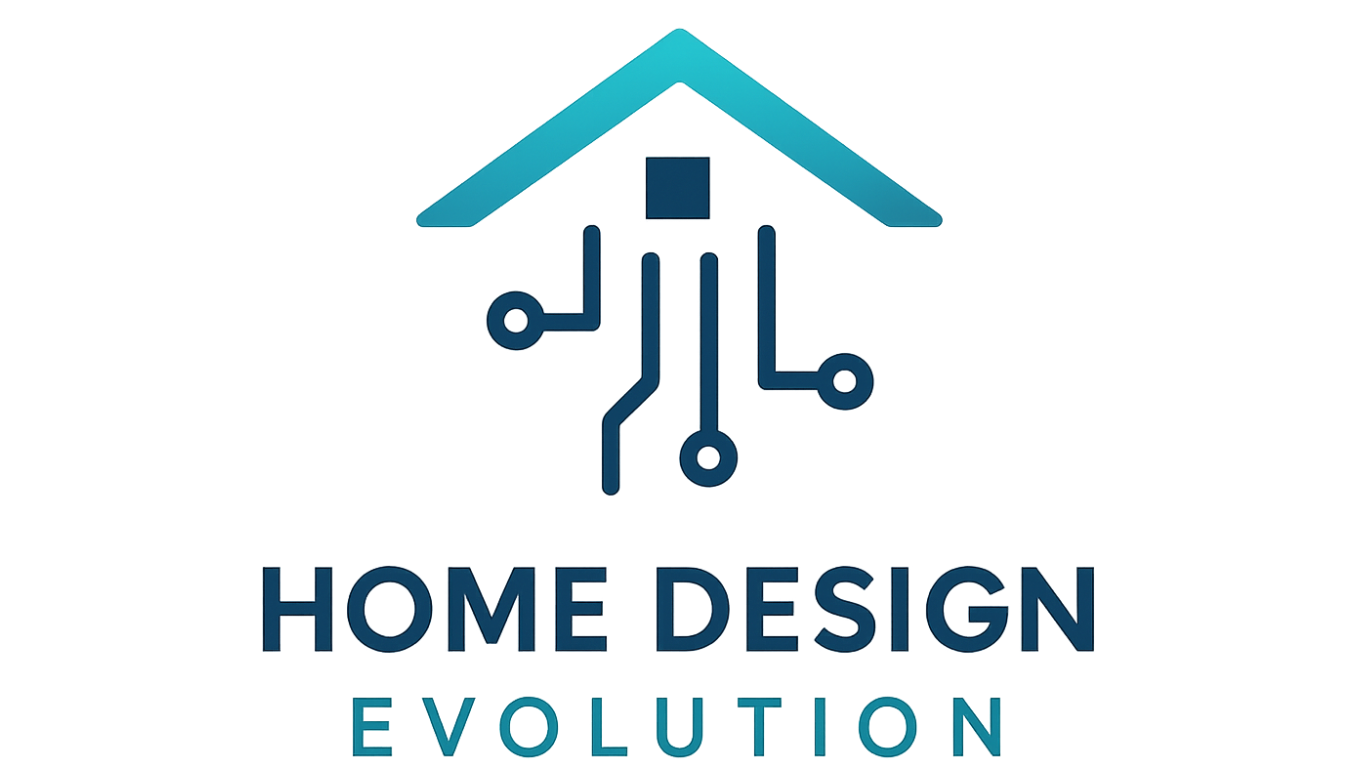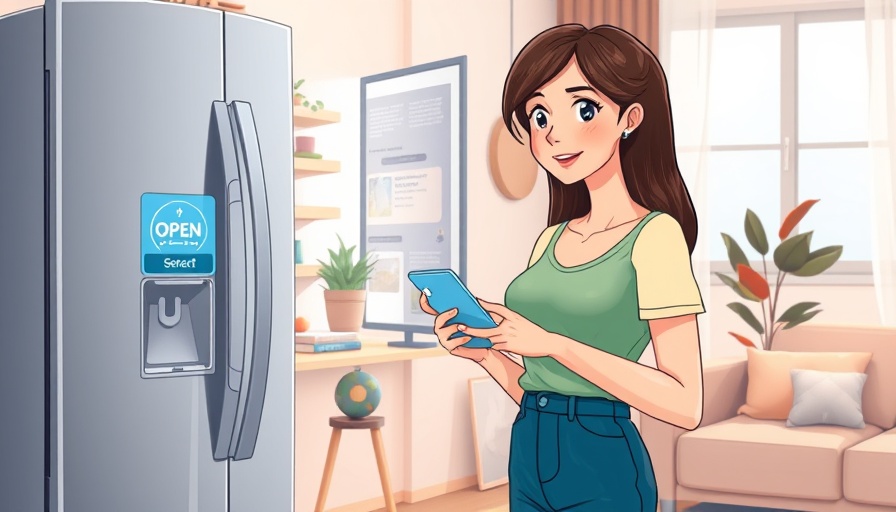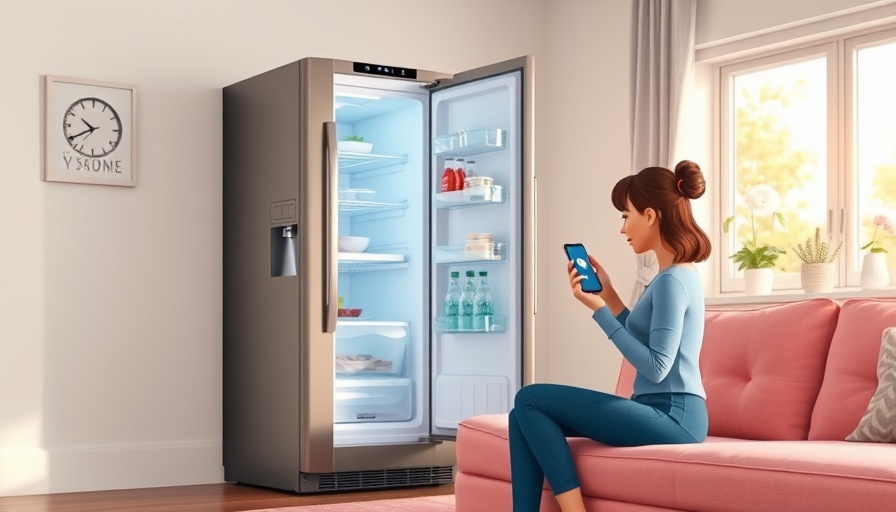
Harnessing Technology for a Greener Home
As more homeowners today strive to adopt sustainable living practices, integrating technology into our homes has emerged as a powerful ally. One compelling collaboration is between SmartThings and Electricity Maps, two innovators committed to enabling individuals to make impactful decisions regarding their energy consumption. Together, they provide a seamless experience through the SmartThings app, allowing users to monitor and optimize their carbon footprints effortlessly.
Understanding Carbon Intensity
Central to this partnership lies the Electricity Maps API integrated into SmartThings Energy. It provides real-time carbon intensity data, helping users understand when the electricity they consume is cleaner or more carbon-intensive based on the electricity grid's makeup. This context is critical as it allows users to schedule their energy usage—like running appliances during peak renewable energy production times, thereby reducing overall carbon emissions. This innovative approach not only lowers the personal carbon footprint but can also translate into significant cost savings on energy bills.
Why This Matters: A Broader Environmental Impact
Electricity generation remains one of the main contributors to global carbon emissions. As pointed out by aspects of the SmartThings and Electricity Maps conversation, peaks in carbon emissions often correlate with periods of less renewable energy availability. By equipping homeowners with technology that monitors when electricity is cleaner, both companies are contributing towards a collective movement aimed at decarbonizing the electricity grid. What’s exciting is how each small action—whether it’s a homeowner deciding to charge their electric vehicle during low carbon intensity hours or automating their smart devices—contributes towards a larger environmental goal.
How to Implement Smart Energy Decisions
The SmartThings Energy feature serves as an immensely valuable tool in this journey. It provides detailed insights into household energy consumption patterns and suggests optimizations. For example, users can set their Samsung appliances—like smart thermostats or dishwashers—to operate more efficiently during times when renewable generation is high, thus integrating their everyday choices into a broader environmental strategy. By making adjustments and automating certain functionalities, homeowners not only pave the way for a sustainable future but may also find that aligning their consumption with energy supply can lead to lower utility costs.
Practical Tips for Homeowners
Monitor Your Usage: Use the SmartThings app to track your home’s energy consumption and identify trends.
Automate Smart Devices: Enable your smart appliances to function during the most carbon-friendly hours.
Engage in Active Learning: Explore educational content provided via SmartThings to understand your home’s energy impact better.
Join a Community: Connect with other eco-conscious users to share tips and strategies.
By following these tips and utilizing the features provided by SmartThings and Electricity Maps, homeowners can not only understand their energy usage more fully but can also participate actively in forging a sustainable future.
Final Thoughts and Next Steps
As we continue to face global environmental challenges, the integration of intelligent technology in our homes presents a strong solution to reduce individual carbon footprints. With SmartThings Energy and Electricity Maps leading the charge, now is the perfect time to reassess how we consume electricity in our homes. Through coordinated, informed actions, each homeowner has the power to be part of the solution.
Want to embrace green living? Download the SmartThings app today and join a community that’s dedicated to sustainability. Start optimizing your home's carbon footprint and make a difference today!
 Add Row
Add Row  Add
Add 



Write A Comment